The Growing Need for Power Outage Protection in Remote Work
As remote work becomes increasingly prevalent, protecting valuable work equipment from power outages has become a critical concern for professionals working from home. With the rise in extreme weather events and grid instability, having a solid plan for your equipment storage during power disruptions isn’t just smart – it’s essential for business continuity.
Understanding the Risks of Power Outages to Remote Work Equipment
Power outages can pose several risks to your remote work setup:
- Sudden shutdowns causing potential data loss
- Power surge damage when electricity returns
- Temperature fluctuations affecting sensitive electronics
- Humidity changes that can harm equipment
- Extended downtime impacting productivity
Climate-Controlled Storage Solutions
One of the most effective ways to protect your equipment during power outages is utilizing climate-controlled storage. These facilities offer:
- Consistent temperature regulation
- Humidity control
- Backup power systems
- 24/7 monitoring
- Enhanced security features
Essential Equipment Protection Strategies
Implement these key strategies to safeguard your remote work equipment:
- Invest in surge protectors and UPS (Uninterruptible Power Supply) systems
- Create an equipment inventory and protection plan
- Pack sensitive electronics in anti-static bags
- Use moisture-absorbing materials in storage
- Label everything clearly for quick access
Setting Up Your Climate-Controlled Storage Space
When organizing your climate-controlled storage unit for remote work equipment, consider:
- Elevated shelving to protect from potential water damage
- Clear pathways for easy access
- Proper ventilation around electronic equipment
- Regular monitoring system for temperature and humidity
- Emergency access plan for critical equipment
Creating Your Power Outage Response Plan
Develop a comprehensive plan that includes:
- Equipment priority list for protection and retrieval
- Backup power solutions for critical devices
- Alternative workspace options
- Communication protocols during outages
- Regular plan review and updates
Temperature and Humidity Considerations
Maintain optimal conditions for your equipment:
- Keep temperature between 68-72°F (20-22°C)
- Maintain humidity levels between 45-50%
- Monitor conditions regularly
- Adjust settings seasonally
- Have backup climate control options
Long-Term Storage Best Practices
For extended equipment storage during power issues:
- Clean all equipment thoroughly before storage
- Remove batteries from devices
- Back up all data
- Use appropriate packing materials
- Document equipment condition
Quick Recovery Strategies
When power is restored:
- Check for any signs of damage before powering up
- Test equipment systematically
- Verify all connections are secure
- Update your protection plan based on experience
- Document any issues for future reference
Conclusion
Protecting your remote work equipment during power outages requires careful planning and the right storage solutions. By utilizing climate-controlled storage and following proper protection protocols, you can ensure business continuity and safeguard your valuable work equipment. Regular review and updates to your protection strategy will help maintain long-term effectiveness and peace of mind.



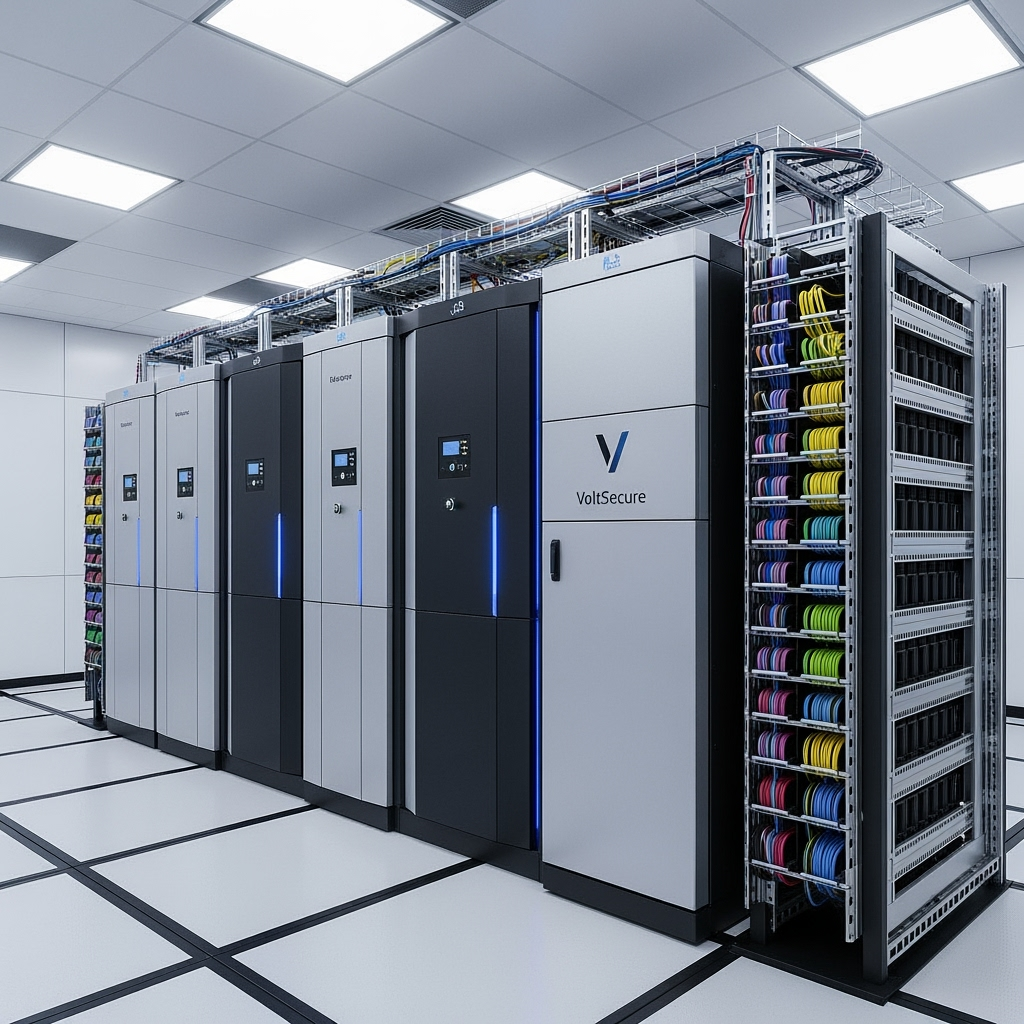

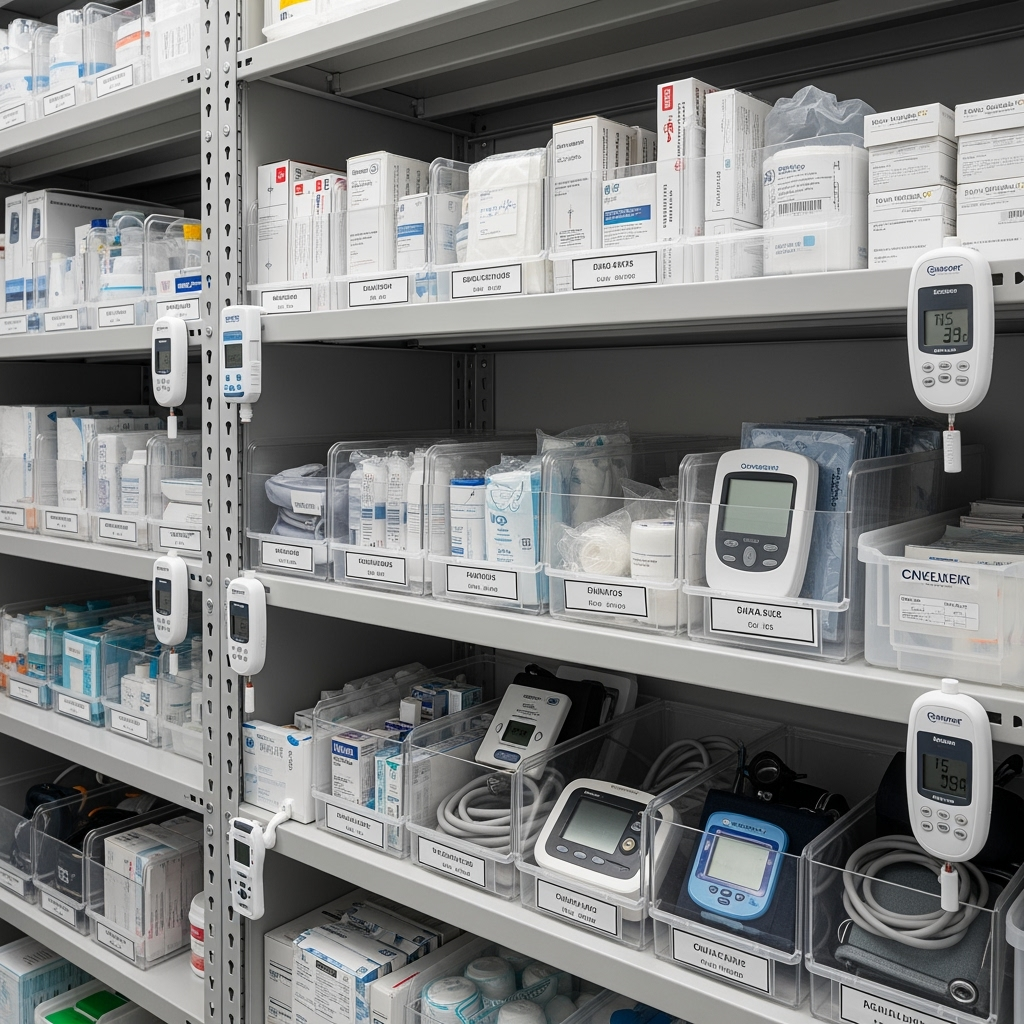
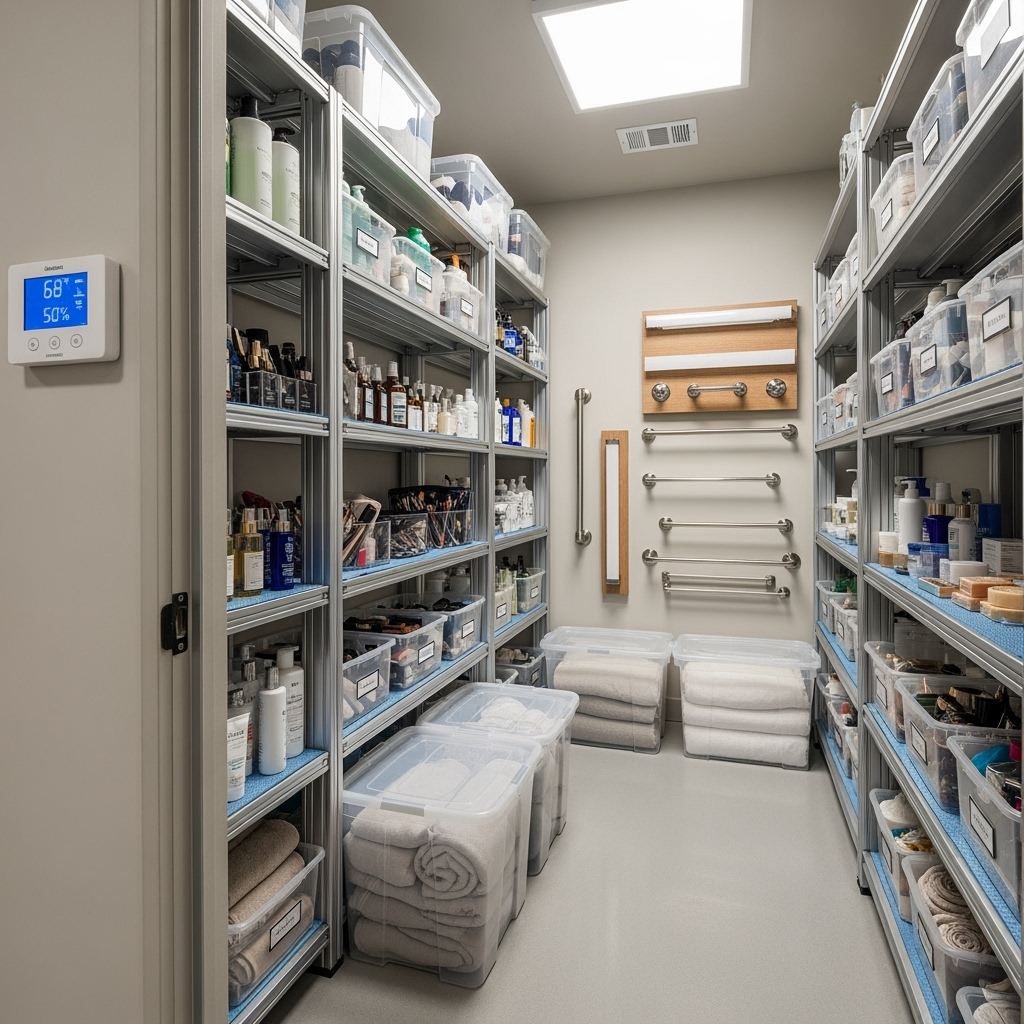
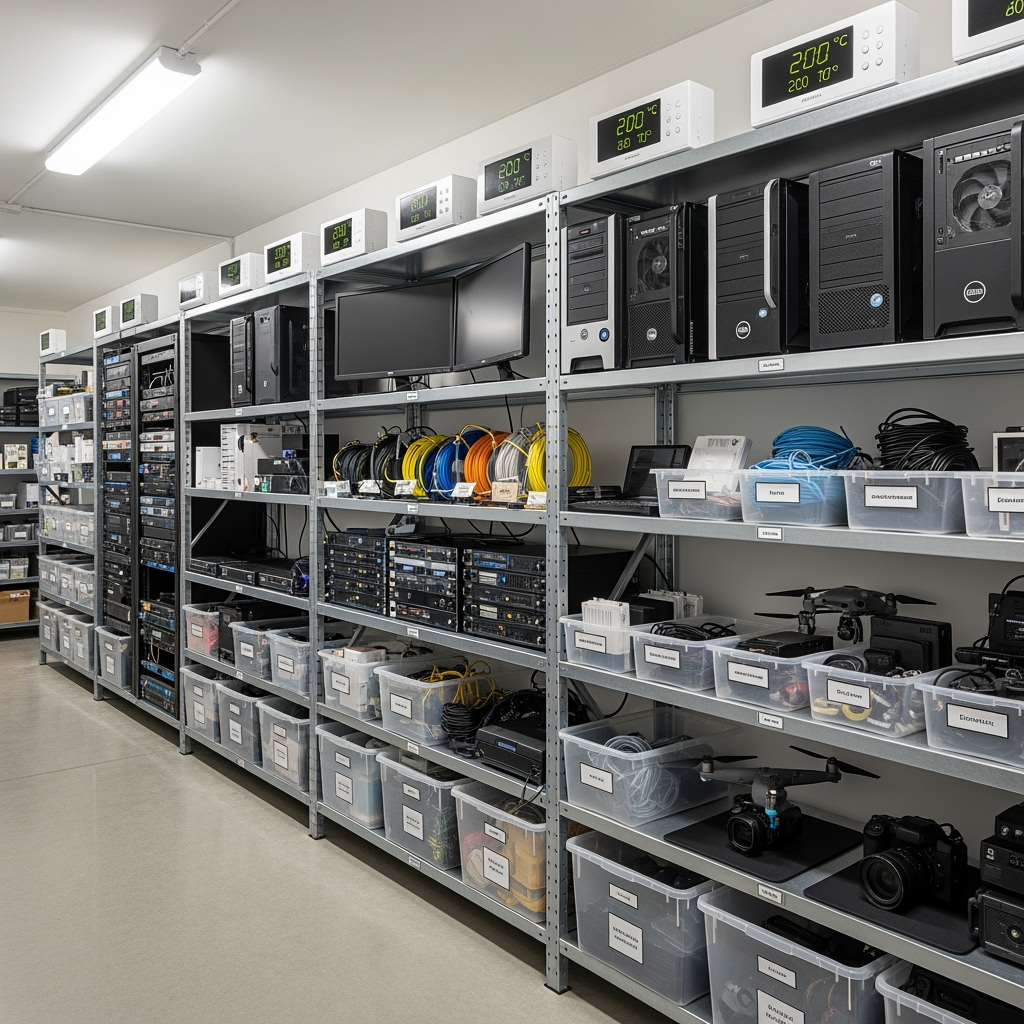
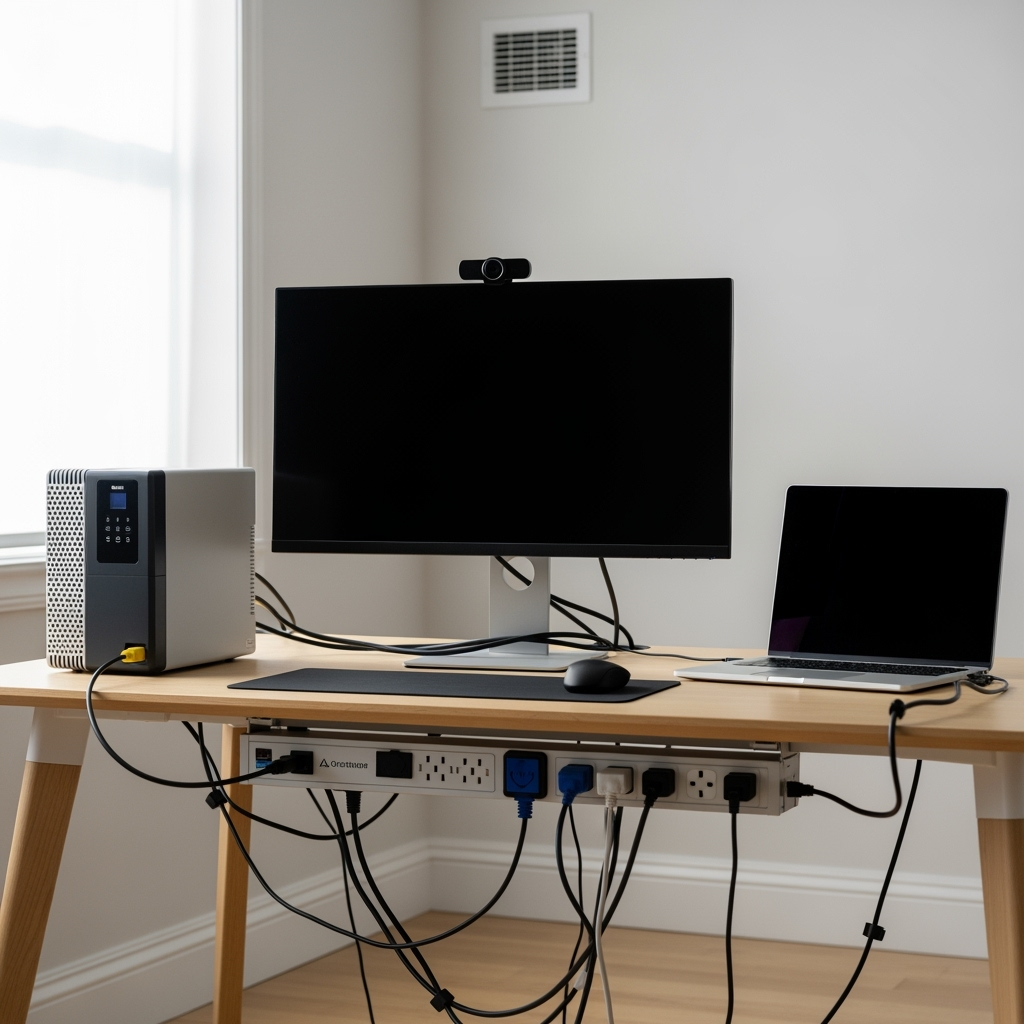
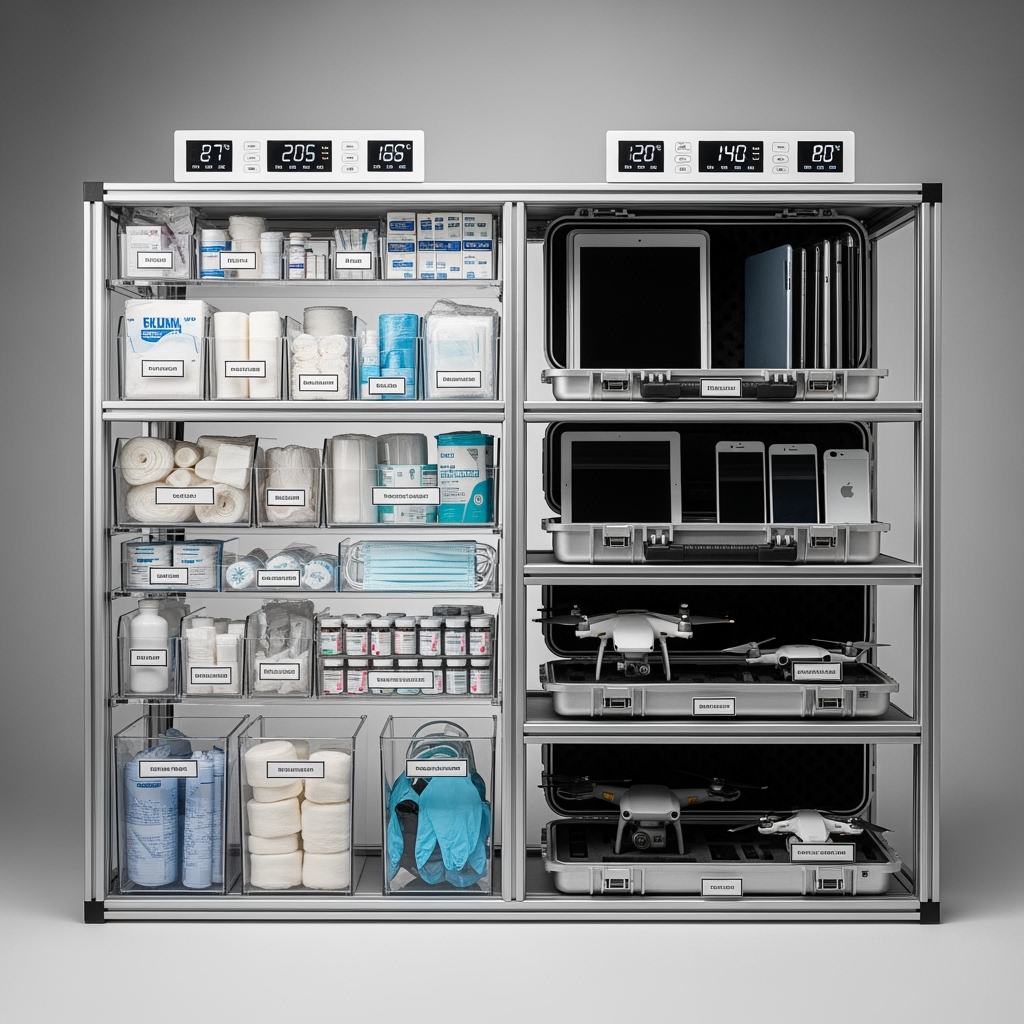
Leave a Reply